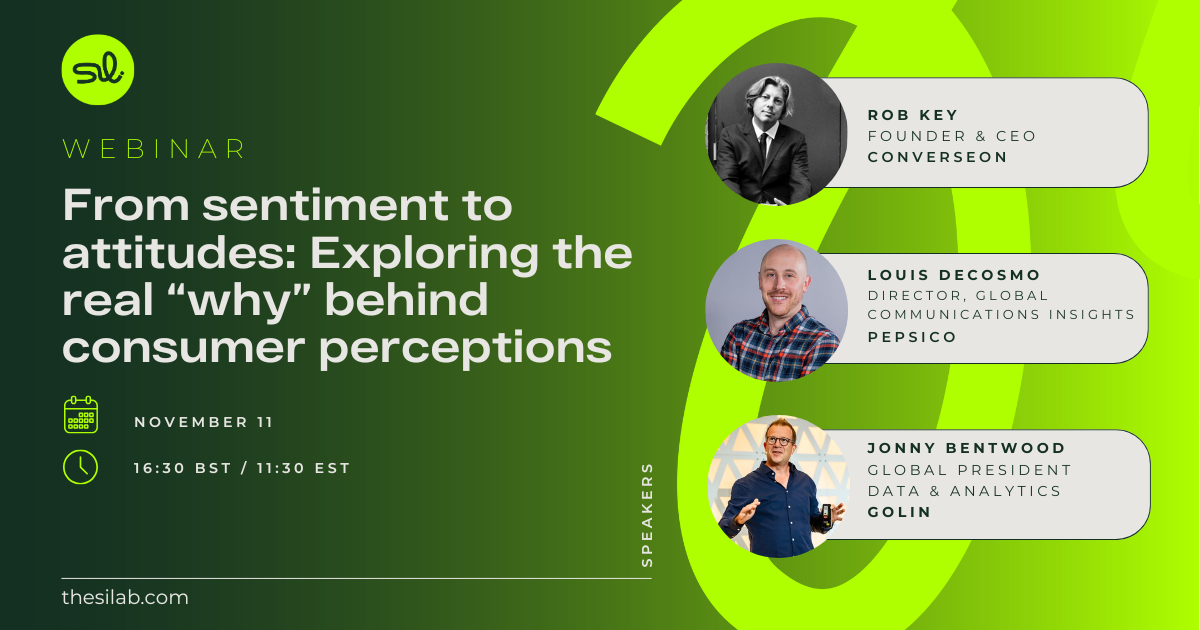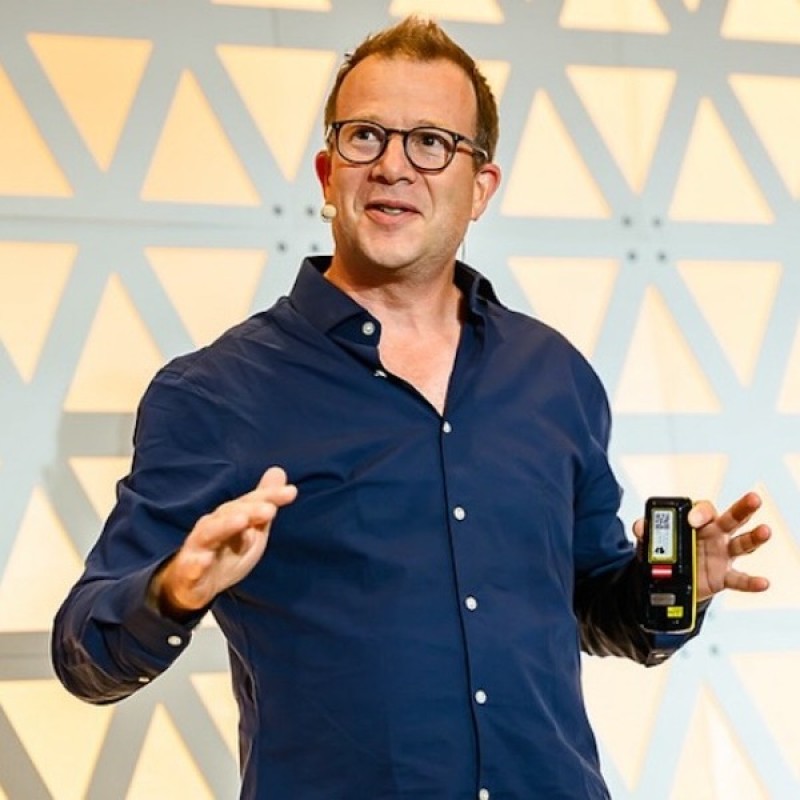
How Frequently Should You Run Social Listening Reports? Four Experts Give Us Tips for Better Social Listening Reporting
Ever wondered how often other companies are running their social listening reports?
If you’re anything like us you’ll most likely want a sneak peek at what everyone else is up to.
Getting reporting right matters a lot.
We used to run a daily insight report for a client. We knew it was too frequent and before long could see that they weren’t even opening the reports every day, let alone using the insight. We were frustrated, they were frustrated. But they still believed they wanted a daily report.
The glaring omission is that they didn’t see the insight. They were comforted by the fact that the report was coming in regularly, that seemed to be enough for them. It didn’t matter if it was read or not because it was still there.
Maybe you can relate?!
There’s not a lot of best practice when it comes to social listening and it’s easy to second guess yourself when it comes to reporting insights across the organization.
It’s a balancing act.
You don’t want to run them too frequently as this runs the risk of the data meaning nothing to anyone, and unhappy staff having a backlog of reports in-box to contend with. Then again, you don’t want to run them too infrequently that the insight is late, out-of-date or un-actionable.
So, we chatted to four social listening experts across the globe and in different industries to find out how they keep their organizations informed of all things social intelligence. In this article, you’ll learn the universal truth about running social listening reports, and the three areas our experts consider before deciding on their social reporting frequency.
The Universal Truth About Social Listening Reporting
All the experts that we spoke to had the same reaction when we initially asked about their reporting frequency.
They laughed.
We knew we were asking an impossible question – it doesn’t just have one answer.
You’ve more than likely come across this challenge if you’re already working in social listening. There’s different elements to consider, and our experts confirmed that it’s the same no matter the industry you work in.
Essentially, it’s a variable game.
The good news is that there’s three tips for selecting the right reporting frequency for your projects.
Tip #1 Impact
When we spoke with Eric Michelson, the Social Listening Manager at Aetna’s Insight Lab we loved his analogy around impact. He told us that social listening reporting is essentially a form of journalism – it requires you to have good listening skills, the ability to synthesize and the capacity to write clearly.
You see, contrary to popular belief, social listening is not about the pretty graphs.
Eric advised you to think about the type of impact your report should have. When selecting reporting frequency Eric advises to:
“ask yourself this question: are you delivering breaking news like a newspaper or delivering nuanced insights like a fine quality magazine?”
Eric has a magazine-style reporting where he can offer insights and points of view that provides the intelligence needed to help inform decision-making. He finds that high impact insights that are monthly or quarterly are much better than high-frequency reports in certain circumstances, in areas that don’t move that quickly or topics that most people are not that interested in.
The circumstances around reporting is something that all our experts mentioned. After Eric’s impact analogy, there’s three things you could consider before settling on your reporting frequency:
– Business Unit and Business Use Case.
– The Actions to be Driven from the Insight
Tip #2 Business Unit and Business Use Case
Social listening is progressively becoming owned by multiple teams and departments that all have a different need for social insights. These different departments have varied pressures and require insights at different times. When setting a reporting frequency all our experts suggested understanding the business unit and the business use case for the insight.
For example, Dr Lawrence Ampofo, founder of Semantica Research explains that the frequency of reporting depends on what is being measured and the function of the team or department. He highlights that customer service, sales teams or something else that requires regular updates then continual monitoring should be performed.
On the other hand, Lawrence explains that if a team is focused consumer analysis then listening should be undertaken for a period of time before and after research hypotheses or conclusions have been made.
Lawrence’s rule of thumb is that the closer a team needs to be to understanding audience attitudes and behaviors then the more frequent their social listening exercises should be run.
Tip #3 The Actions to be Driven from the Insight
If the impact of the insight and the department using the insight matters then it’s only natural that the actions to be driven from the insight matter too.
We have a sneaky suspicion that there are still a lot of social listening reports left unopened in people’s inboxes…
Come on, you know there is too.
We’ll even admit that we have a few in our inboxes.
So, if we’re going to get over this behavior of being comforted by the fact that we can get data [and insights] and actually have reports that are actionable we need to consider what actions are to be driven from the reports.
Derek Lumb, Global Head of Social at E.ON tells us that it’s thinking about what action you want to drive from this insight that matters to him. He says:
“If you’re only going to take action after a weekly meeting it seems a waste of time and energy to be running a report every day”.
His advice is before deciding on a frequency, understand the decision-making process that the insight is feeding into. Does someone just want a specific frequency or do they actually need it?
Final Thoughts
We don’t want to run reports that no one pays attention to – there’s no job satisfaction in that. That’s why we love Eric’s journalism analogy to think about the impact you want to create while still considering the business use case and the actions to be driven from the insight.
However, if you’ve been reading this post to look for a rule of thumb then Richard Sunley’s advice may be what you’re looking for. Richard who works with the social listening tool Talkwalker shared his thoughts on standard reporting periods for four business use cases.
This interview was recorded via LinkedIn Live, if you prefer to view on LinkedIn, click the button below.
View InterviewSee related content
.png)








